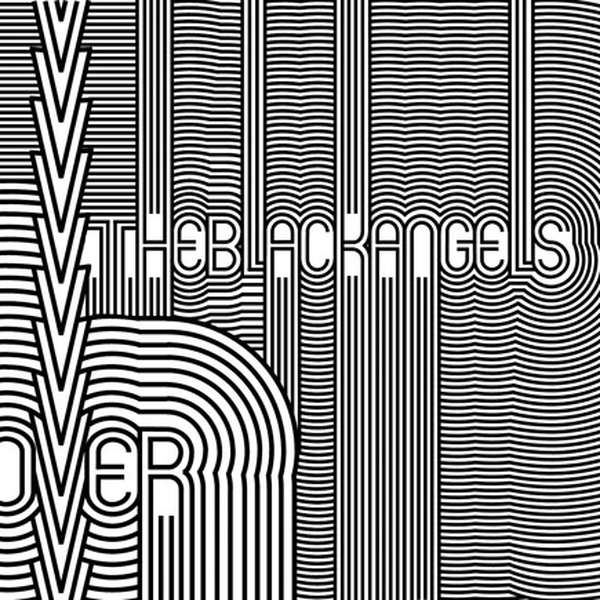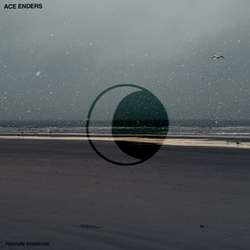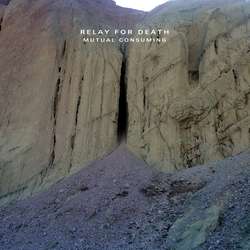In retrospect, the sixties were a time of incredible music. While many aspects of the sound have influenced, been watered down, and filtered to fit the mainstream's acute taste of accessible blankness, some of the most important aspects of this era were quickly passed over. Bands like 13th Floor Elevators, Jefferson Airplane and Velvet Underground have been sucked dry in many ways but have still left a niche of rock with much room for rocking. The Black Angels' Passover is able to take this influence in a fresh direction without a fear of waving a flag solely of revival.
On The Black Angels' website they suggest, "Turn on, tune in, drone out." As the songs began unfolding, I followed the instructions. All three steps are easy because Passover consists of a non-stop haze of sound with a foot in pop structure, a tongue dipped in LSD, a hand erecting a peace sign, a moustache quivering with slight country influence and eyeballs drowning in a dense production. While your hair drifts in front of your eyes, the weirdness of it all begins to make sense on the second and third listen through. The reverb rhythm in "The Prodigal Sound," the awakening glistens in "Empire," and the sounds produced by the "drone machine/organ" create both a clarity and noise that allows Passover replay value so you won't get bored after the first few listens.
There's an energy present on Passover that isn't persistent, but when it wanders in, it lets it's presence be known. For instance, the way the English accented relaxed vocals verse "Manipulation" only to be overtaken by Alex Maas for the chorus blooms radness. While this back and forth singing persists, the background is rhythmically solid but is textured with rainbow colors that drift all over the walls. On the other hand, the song "Bloodhounds on My Trail," is upbeat but isn't memorable and is easily skipped for the final trek, "Call to Arms." In this last song, The Black Angels drone on in a way that makes you wish they could contain the consistency of the first half of the album.
The guitar tone feels hazy like the few inches above blacktop during a heat wave. The reverb and repetition in Passover make you simultaneously rev your proverbial engine, punch burning fists through prideful flags and feel a sense of inner peace. There is an influence from the present that creates a modern sound that's cleaner than the ruggedness of the bands that The Black Angels gravitate towards in influence. Although there are no bands in particular that The Black Angels remind me of from the eighties up until now, this influence is hard to avoid.
The Black Angels' ability to capture the feel of late 60's psychedelic rock is uncanny. For fuck's sake, they have a song called "The First Vietnamese War." It could be argued that it is 2006 and none of this is relevant. But then again when you look at the parallels between Vietnam and Iraq, songs about this subject and nothing short of pertinent to 2006.
When The Black Angels decide to write and record a follow up to Passover, they'll hopefully branch a little farther beyond their influences and maintain the feeling that the standout tracks of Passover emulate. If you're in your car with a bunch of buds that want music they're going to want the genuine bands from the sixties. Once you get through some of that catalog this album is perfect for some spinnage. It's for the times you want more of that sound without it being the same songs you've listened to since you tuned your radio into the local classic rock station.



